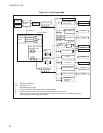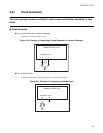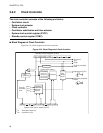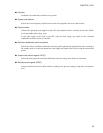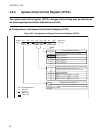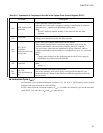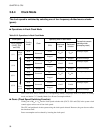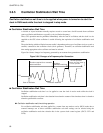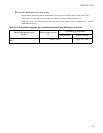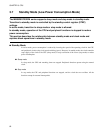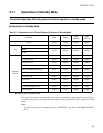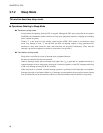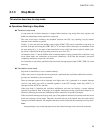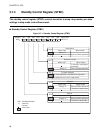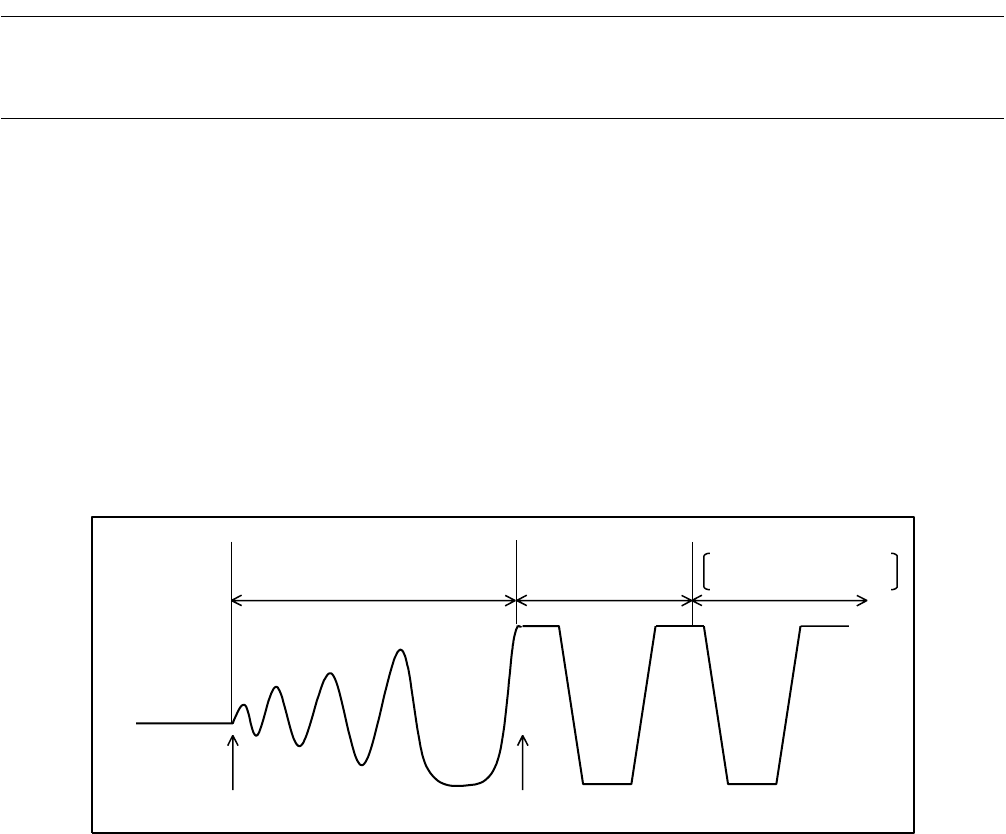
60
CHAPTER 3 CPU
3.6.5 Oscillation Stabilization Wait Time
Oscillation stabilization wait time is to be applied when power is turned on to start the
clock in RUN mode while the clock is stopped in stop mode.
■ Oscillation Stabilization Wait Time
A ceramic or crystal resonator normally requires several or several tens of milli-seconds from oscillation
start to oscillation stabilization at a specific cycle (oscillation frequency).
Thus, CPU operation must be prohibited immediately after the start of oscillation, and the clock is to be
supplied to the CPU when oscillation is stable following the expiration of oscillation stabilization wait
time.
The period during which oscillation becomes stable is dependent on the type of oscillator (such as crystal or
ceramic) connected to the oscillation circuit (clock generator). Therefore, an oscillation stabilization wait
time setting appropriate to the oscillator used must be selected.
Figure 3.6-6 shows changes in a frequency generated by an resonator from generation to stabilization.
Figure 3.6-6 Changes of a Frequency after Generation
■
Oscillation Stabilization Wait Time
Oscillation stabilization wait time is to be applied to start the clock in active mode while the clock is
stopped.
Oscillation stabilization wait time is the duration from when the counter of the time-base timer is cleared to
when the specified bits overflow.
● Oscillation stabilization wait time during operation
For oscillation stabilization wait time applied for a return from stop mode to active (RUN) mode due to
external interrupt, one of three oscillation stabilization wait time settings can be selected using the
oscillation stabilization wait time selection bits in the system clock control register (SYCC: WT1 and
WT0).
X1
Duration required for a resonator
starts oscillation
Oscillation
stabilization wait time
Normal operation
Return from stop mode
or reset operation
Start of oscillation Oscillation stabilizes



